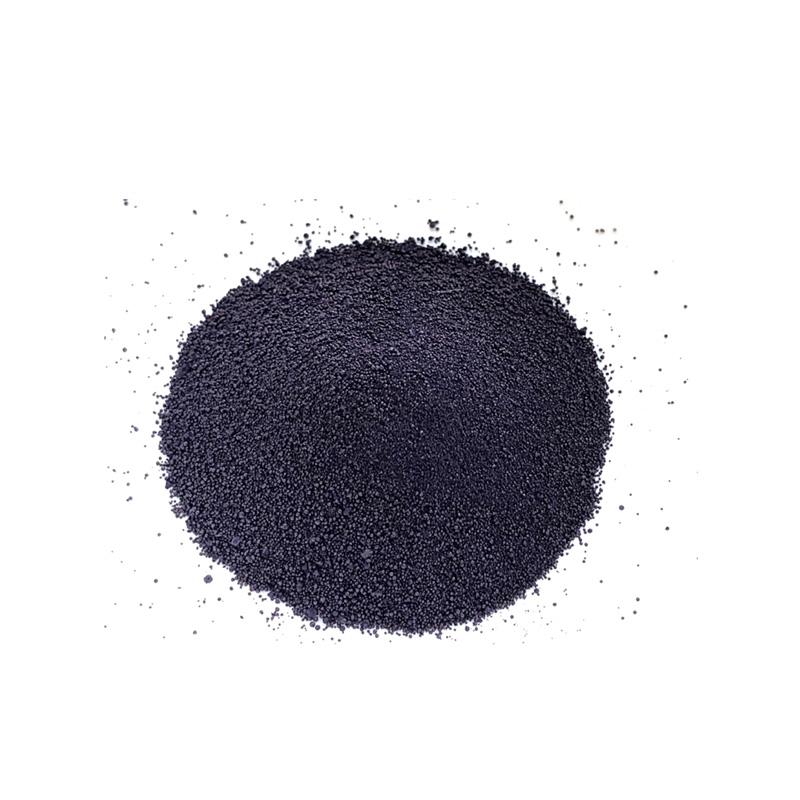Sustainable Indigo Dyeing Practices for Eco-Friendly Jeans Manufacturing
The Role of Indigo Dye in Jeans Manufacturing
Indigo dye has long been integral to the world of textiles, particularly in the denim industry, where it has become synonymous with blue jeans. The deep, rich hues of indigo provide not only aesthetic appeal but also cultural significance, tracing back thousands of years. Today, as fashion trends evolve and awareness of sustainable practices grows, the use of indigo dye in jeans factories is undergoing transformation.
The History of Indigo Dye
The use of indigo dye dates back to ancient civilizations, with records showing its application in Egypt around 2500 BC. Indigo was prized not only for its vibrant color but also for its durability. In the 19th century, indigo became a staple in textile production, particularly in the United States with the rise of denim. Levi Strauss and others capitalized on this deep blue hue, cementing jeans as a fashion staple.
Traditionally, natural indigo was extracted from plants such as Indigofera tinctoria. However, the industrial revolution led to the development of synthetic indigo, making the dye cheaper and more accessible. Today, a significant portion of indigo used in jeans factories is synthetic, leading to environmental concerns over water pollution and chemical waste.
The Importance of Indigo in Denim Production
Indigo dye is unique because of its unique dyeing properties. Unlike many other dyes, which penetrate the entire fiber, indigo only coats the surface, allowing for a natural fading process that has become characteristic of denim. This feature means that denim can tell a story through its wear, creating distinct patterns and textures appreciated by wearers.
In the manufacturing process, jeans factories typically employ a two-step dyeing technique. First, the cotton yarn is dyed multiple times in indigo dye baths, a process known as rope dyeing. This method ensures that the outer layer is richly colored while the core remains lighter, contributing to the fade effects. After dyeing, the yarn is woven into denim fabric, ready for cutting and sewing into jeans.
Environmental Impact and Sustainable Practices
indigo dye for jeans factories

Despite its long-standing tradition in garment making, the environmental costs of indigo dyeing have prompted scrutiny. The conventional dyeing process is water-intensive and can lead to significant pollution if not managed responsibly. Many jeans factories have faced backlash from environmentally conscious consumers and activists concerned about the effects of wastewater on ecosystems.
In response, the industry is increasingly shifting towards sustainable practices. Some factories are now adopting natural indigo dyes derived from plants, which eliminate many of the toxic chemicals associated with synthetic dyes. Additionally, innovations such as closed-loop systems are being implemented to recycle water and minimize waste.
Brands like Levi's have also introduced initiatives like the Water<Less and WellThread programs and are exploring alternative dyeing methods to reduce water usage by up to 96%. These steps not only cater to the modern consumer's demand for eco-friendly products but also set a benchmark for responsible manufacturing in the textile industry.
The Future of Indigo Dye in the Jeans Industry
As consumer awareness regarding sustainable fashion continues to rise, the future of indigo dye in jeans factories is likely to evolve further. Brands are challenged to balance tradition with innovation, ensuring that they maintain the aesthetic appeal of denim while addressing environmental concerns.
Collaboration across various sectors, including fashion designers, textile manufacturers, and environmental scientists, is essential for creating more sustainable dyeing practices. Experimentation with alternative materials, such as biodegradable dyes and eco-friendly manufacturing processes, will play a significant role in shaping the future of indigo dye.
Conclusion
Indigo dye has been a cornerstone of jeans manufacturing for centuries, offering both cultural and economic value. However, the environmental implications of dye production have necessitated a shift towards more sustainable practices. As the industry adapts, the rich, vibrant hues of indigo will continue to be celebrated, albeit through cleaner and more responsible methods of production. In this way, indigo and the jeans it colors can maintain their legacy while embracing a more sustainable future.
-
Thermal Stability Analysis of Bromo Indigo Pigments
NewsJun.06,2025
-
Sulphur Black Dye Oxidation Process Optimization
NewsJun.06,2025
-
Lightfastness Testing of Bromo Indigo Dyed Denim
NewsJun.06,2025
-
Granule Size Distribution and Jeans Color Uniformity
NewsJun.06,2025
-
Gradient Dyeing Methods with Indigo Blue Granules
NewsJun.06,2025
-
Dyeing Temperature Effects on Sulphur Black Color Fastness
NewsJun.06,2025
-
Sulphur Black Dyes in Daily Use
NewsMay.07,2025

Sulphur Black
1.Name: sulphur black; Sulfur Black; Sulphur Black 1;
2.Structure formula:
3.Molecule formula: C6H4N2O5
4.CAS No.: 1326-82-5
5.HS code: 32041911
6.Product specification:Appearance:black phosphorus flakes; black liquid

Bromo Indigo; Vat Bromo-Indigo; C.I.Vat Blue 5
1.Name: Bromo indigo; Vat bromo-indigo; C.I.Vat blue 5;
2.Structure formula:
3.Molecule formula: C16H6Br4N2O2
4.CAS No.: 2475-31-2
5.HS code: 3204151000 6.Major usage and instruction: Be mainly used to dye cotton fabrics.

Indigo Blue Vat Blue
1.Name: indigo blue,vat blue 1,
2.Structure formula:
3.Molecule formula: C16H10N2O2
4.. CAS No.: 482-89-3
5.Molecule weight: 262.62
6.HS code: 3204151000
7.Major usage and instruction: Be mainly used to dye cotton fabrics.

